Greening Princeton: A Midterm Report
University says it expects to meet sustainability goals
In February 2008, Princeton University adopted an ambitious set of environmental goals for 2020. Envisioning the campus as a “living laboratory” for research by students and faculty, the sustainability plan included targets for reducing greenhouse-gas emissions, commuter vehicles, and water use and for increasing sustainable food purchases, recycling, and related academic and civic work.
Today, halfway to 2020, officials say that the University is on track to meet its goals and even exceed them. (See accompanying graphic.) “I think we’re making great progress — in some cases a little bit more than we hoped for, in others we’re right on target,” said Michael McKay, vice president for facilities. Of the $45 million expected to be spent on energy-saving projects between 2009 and 2017, the University has committed $23 million.
Perhaps the most ambitious goal was to reduce emissions by 18 percent without the use of offsets (purchases of reductions elsewhere), even as the University continued to add campus buildings. McKay recalled that the original plan could not account for how to accomplish a quarter of the emissions reduction, instead presuming that “technology would change or new opportunities would arise that we couldn’t anticipate.” Since then, McKay said, the gap has closed considerably: The means to achieve just 4 percent of the goal remains unaccounted for.
At the same time, the sustainability plan has underscored the University’s research into energy and climate issues and its cultivation of environmental leaders. A one-month pilot study to test the impact of consolidating campus recycling — paper, plastic, glass, aluminum — in a single bin was developed by Misha Semenov ’15 and Olivia Howard ’15, the coordinator of GreenLeaders, an umbrella group for more than a dozen student sustainability organizations.
The initiative worked: One-third more students began recycling, and nearly two-thirds fewer recyclables landed mistakenly in trash bins. Single-stream recycling now is being rolled out in the residential colleges and ultimately will be used across campus.
The Association for the Advancement of Sustainability in Higher Education, a nonprofit research group that evaluates 309 institutions through its Sustainability Tracking, Assessment, and Rating System (STARS), gave Princeton its second-highest rating, silver. Among Princeton’s peers, Cornell, Columbia, and Stanford received gold ratings and Yale a silver.
Shana Weber, director of Princeton’s Office of Sustainability, said that the STARS assessment did not fully reflect the University’s progress, but it shows “there is a great deal more to do.” Ultimately, Weber envisions sustainability not as a distinct initiative but as “second nature.” Drawing on studies of human decision-making, she hopes that Princeton will weave behavioral science into new reforms. The single-stream recycling pilot “worked to change behavior,” she said, for instance, “but we don’t know precisely why.”
For his senior thesis, Theodore Eyster ’13 assessed the impact of the project to restore the stream between the Frick chemistry building and Washington Road. Now an associate at an environmental-consulting firm, Eyster draws on his thesis work as he tests water quality and writes technical reports.
Said Weber: “The biggest impact on sustainability is through research and students going out into the world.”
Source: Office of Sustainability. Illustrations: Peter Arkle
8% fewer CO2 emissions since 2008 (decline of 9,500 metric tons)
GOAL: 18% reduction by 2020
9% fewer commuter cars since 2008 (decrease of 452)
GOAL: 15% reduction by 2020
22% less overall campus water use since 2006 (decrease of 54 million gallons)
GOAL: 25% reduction by 2020
25% less campus waste per capita since 2006 (reduction of 214 lbs. per capita)
GOAL: 40% reduction per capita by 2020
67% of food purchased in 2013 was sustainably produced, up from 36% in 2007
GOAL: 75% of all food purchases by 2015
43% of “household” materials (paper, plastic, metal, etc.) were recycled in 2013, up from 38% in 2006
GOAL: 50% in 2014
35% less paper purchased in 2013, compared to 2008
60 sustainability-related academic-program certificates awarded in 2013, up from 22 in 2008


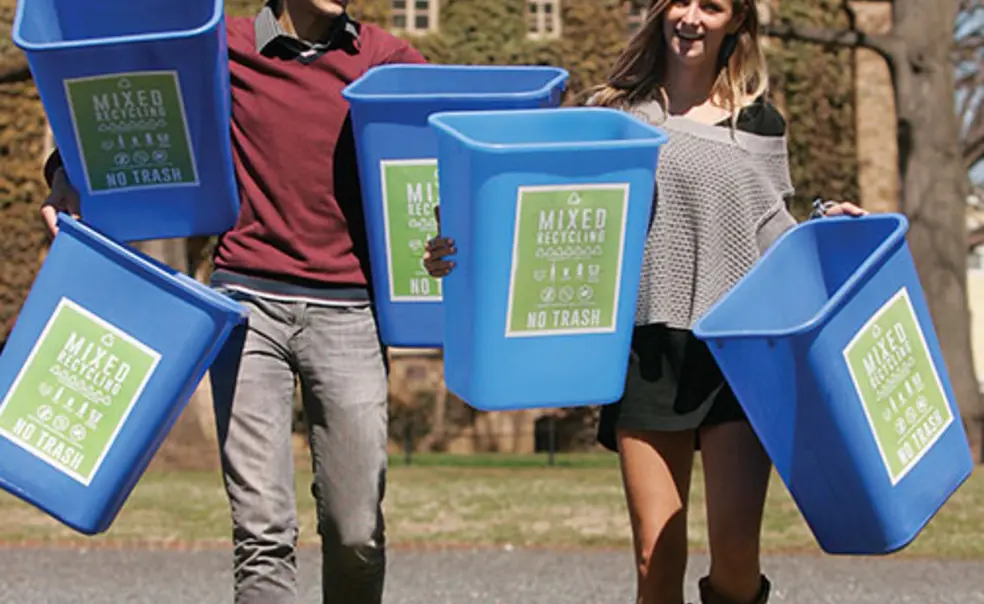
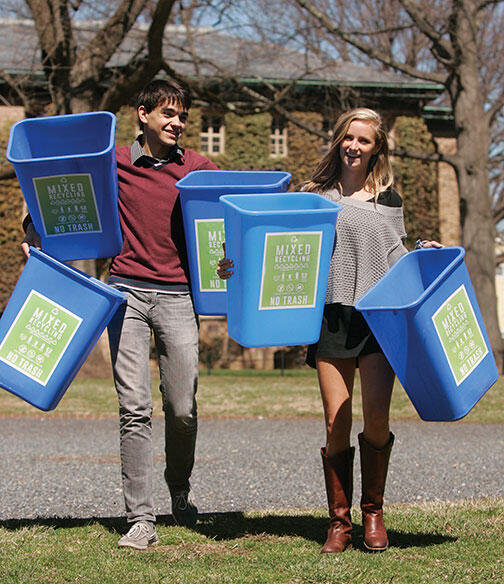

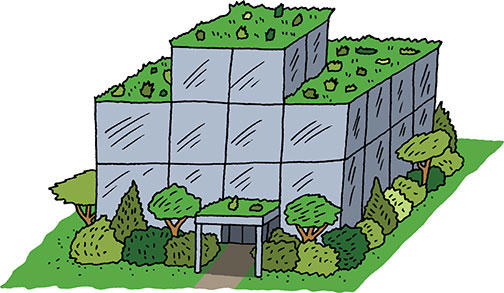
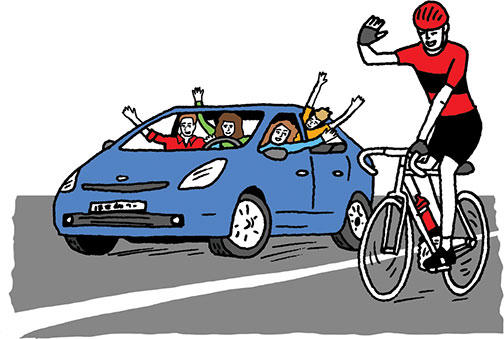


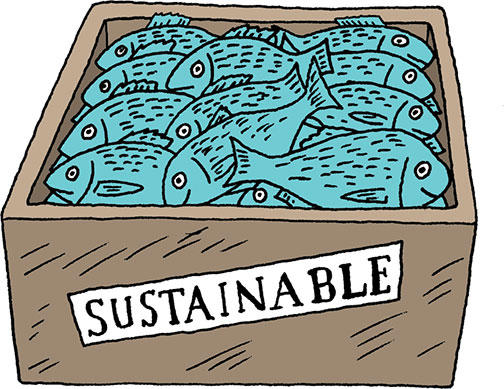
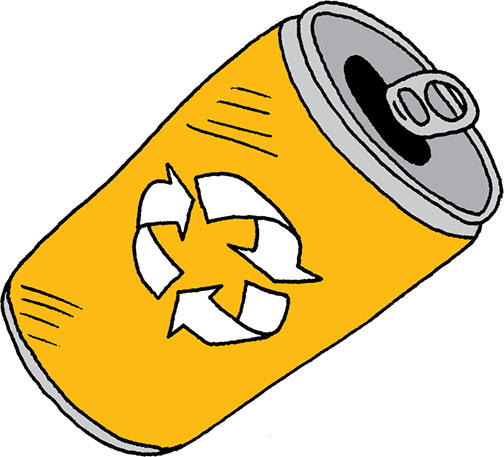
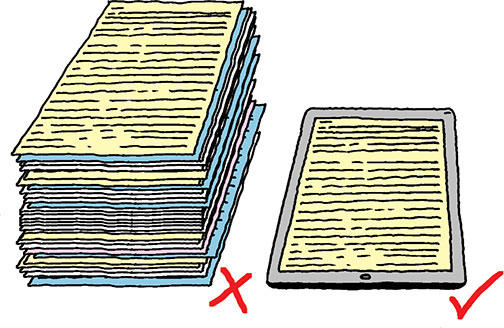










No responses yet